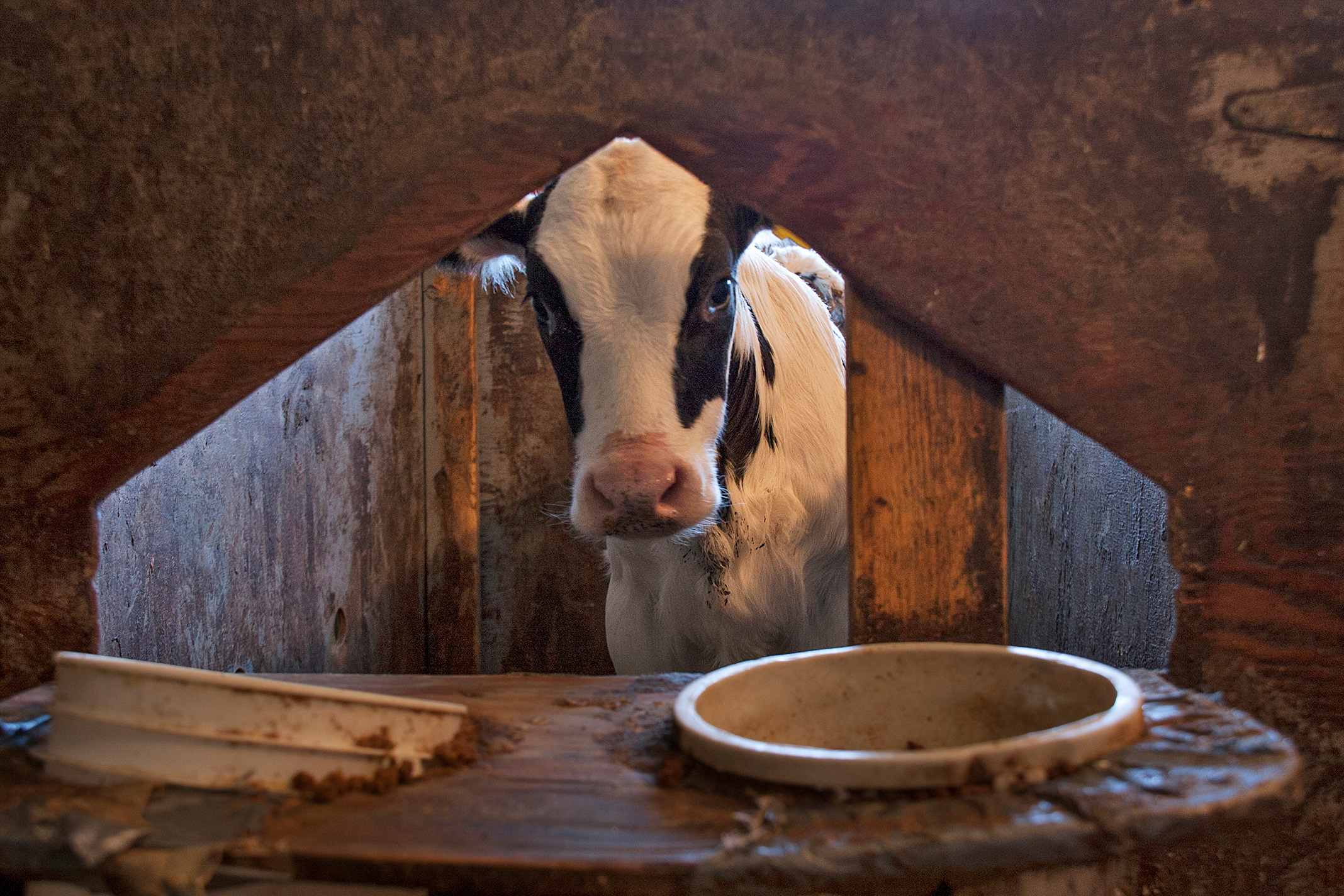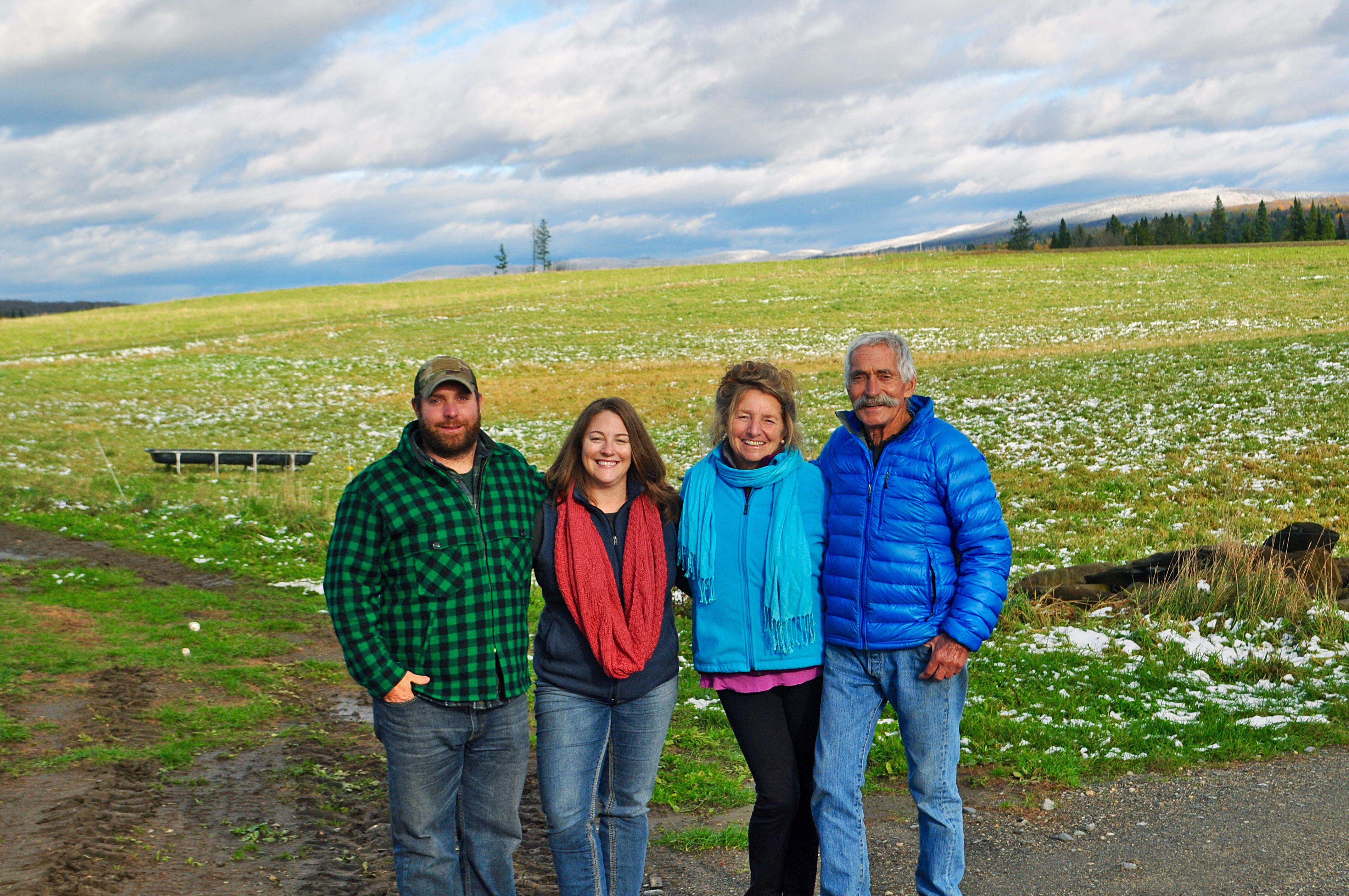Introduction

Have you ever wondered where meat comes from? If you already know that the meat on your plate comes from an animal, you might wonder what kind of life the cow, chicken, pig, or lamb experienced and how it was treated before it became food for humans. Some people think that kids can’t handle knowing where hamburgers come from, but as a scientist and a mom, I’m sure that you can. The truth is that, even though most of us eat meat daily, many people have no idea how meat is raised. Most meat in this country is raised in large factory farms where the animals are poorly treated, cannot graze in pastures, and spend their lives in strict confinement. However, there is a growing number of farmers who are dedicated both to the well-being of their animals and to using environmentally friendly farming practices. In this book, we will follow the life of a calf named Lima Bean as he grows up on such a farm. We will witness his birth, his growing-up years, and his death. We will discover that it is possible to raise meat in a humane way that respects and honors animals as well as the land and the farmers themselves.

Our story begins in northern Vermont on Snug Valley Farm, where Nancy and Helm Nottermann—along with their son, Ben, and his wife, Kelly—raise grass-fed beef. Grass-fed means that the animals are able to graze outdoors during the warmer months when the grass is growing, and are fed hay when there is snow on the ground.
Nancy and Helm used to be dairy farmers, but they switched over to raising grass-fed beef, and later pasture-raised pigs when they realized that some people do not want to buy meat from factory farms and are looking for meat raised on small, traditional farms where both the land and the animals are well treated and respected. Ben and Kelly are part of the next generation of farmers who are continuing the tradition of caring about the animals they raise and being thoughtful stewards of their land.